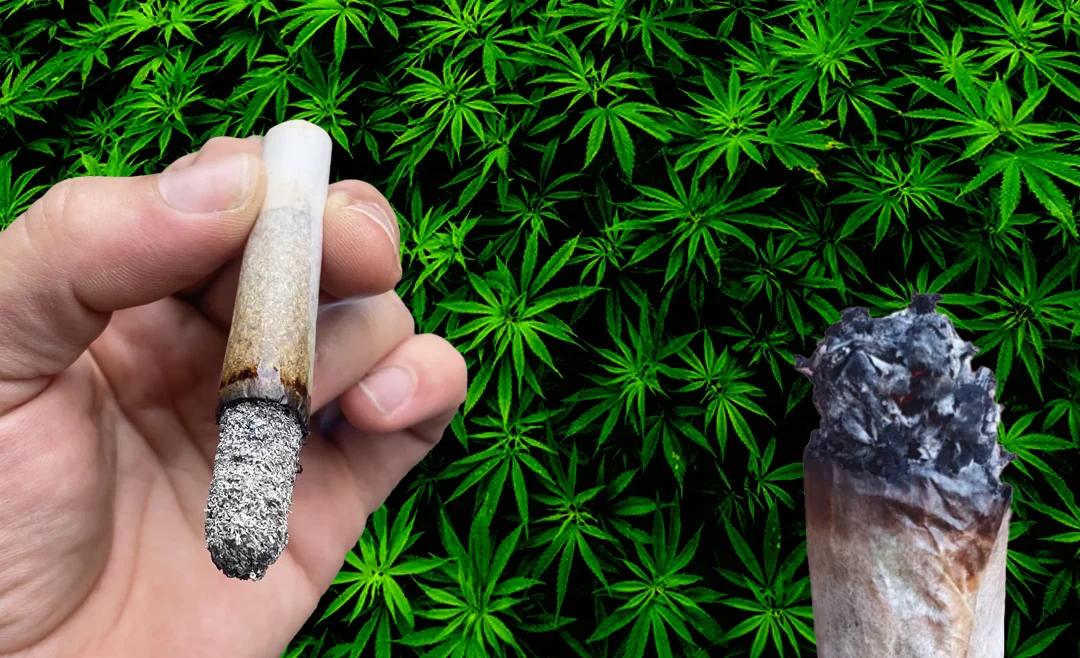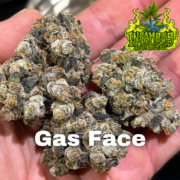While cannabis buds are the most well-known and widely used part of the plant, it is true that cannabis roots have also been used in traditional medicine for centuries. The roots of the cannabis plant contain a variety of compounds that have been utilized for their potential therapeutic properties, particularly in treating inflammation, joint pain, and gout.
In traditional medicine systems such as Ayurveda and Traditional Chinese Medicine (TCM), cannabis roots have been used to address various health conditions. The roots are typically harvested from mature cannabis plants and can be prepared in different ways, including decoctions, tinctures, or poultices.
One of the primary compounds found in cannabis roots is called cannabinoids. While cannabinoids are most commonly associated with the flowers and leaves of the plant, they can also be found in trace amounts in the roots. Cannabinoids, such as cannabidiol (CBD), have been studied for their potential anti-inflammatory and analgesic properties.
Inflammation is a common underlying factor in many health conditions, including joint pain and gout. Some traditional medicine practitioners believe that cannabis root preparations can help reduce inflammation and alleviate associated symptoms. However, it is important to note that scientific research on the specific effects of cannabis roots is limited, and more studies are needed to fully understand their potential therapeutic benefits.
It is worth mentioning that the use of cannabis roots in traditional medicine is not as widespread or well-documented as the use of other parts of the plant, such as the buds or leaves. The focus on the buds is primarily due to their higher concentration of cannabinoids and other active compounds.
Sources:
1. Russo, E. B. (2001). Hemp for headache: An in-depth historical and scientific review of cannabis in migraine treatment. Journal of Cannabis Therapeutics, 1(2), 21-92.
2. Beta-caryophyllene is a dietary cannabinoid. Proceedings of the National Academy of Sciences, 105(26), 9099-9104.
3. Russo, E. B. (2011). Taming THC: potential cannabis synergy and phytocannabinoid-terpenoid entourage effects. British Journal of Pharmacology, 163(7), 1344-1364.










